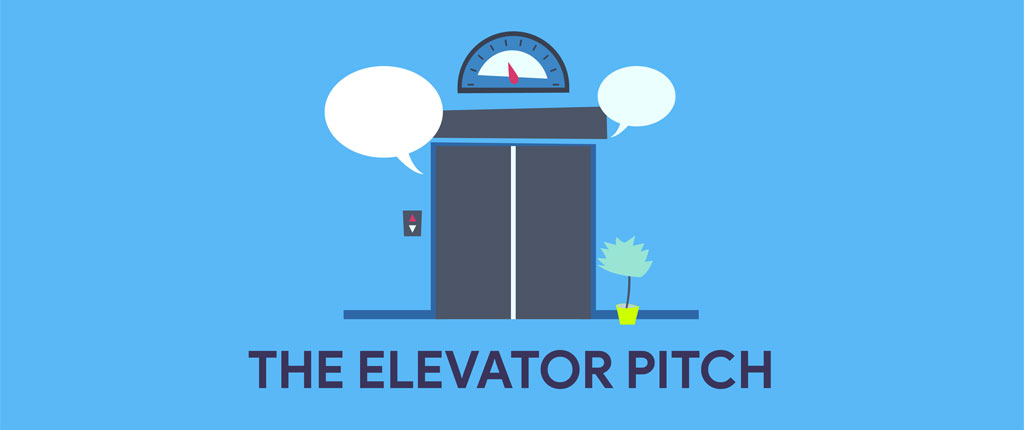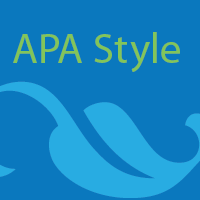Open Stats Lab: Introduction to Pre-registration
Students read “Research Preregistration 101“ Students read “Example steps for doing a pre-registration in (social) psychology” from the OSF website. Student respond to a series of questions about the value of pre-registration, including its ability to counter HARKing. A lab summary includes: learning objectives, background, links to articles, and the response questions. You can follow […]
Open Stats Lab: Introduction to Pre-registration Read More »




